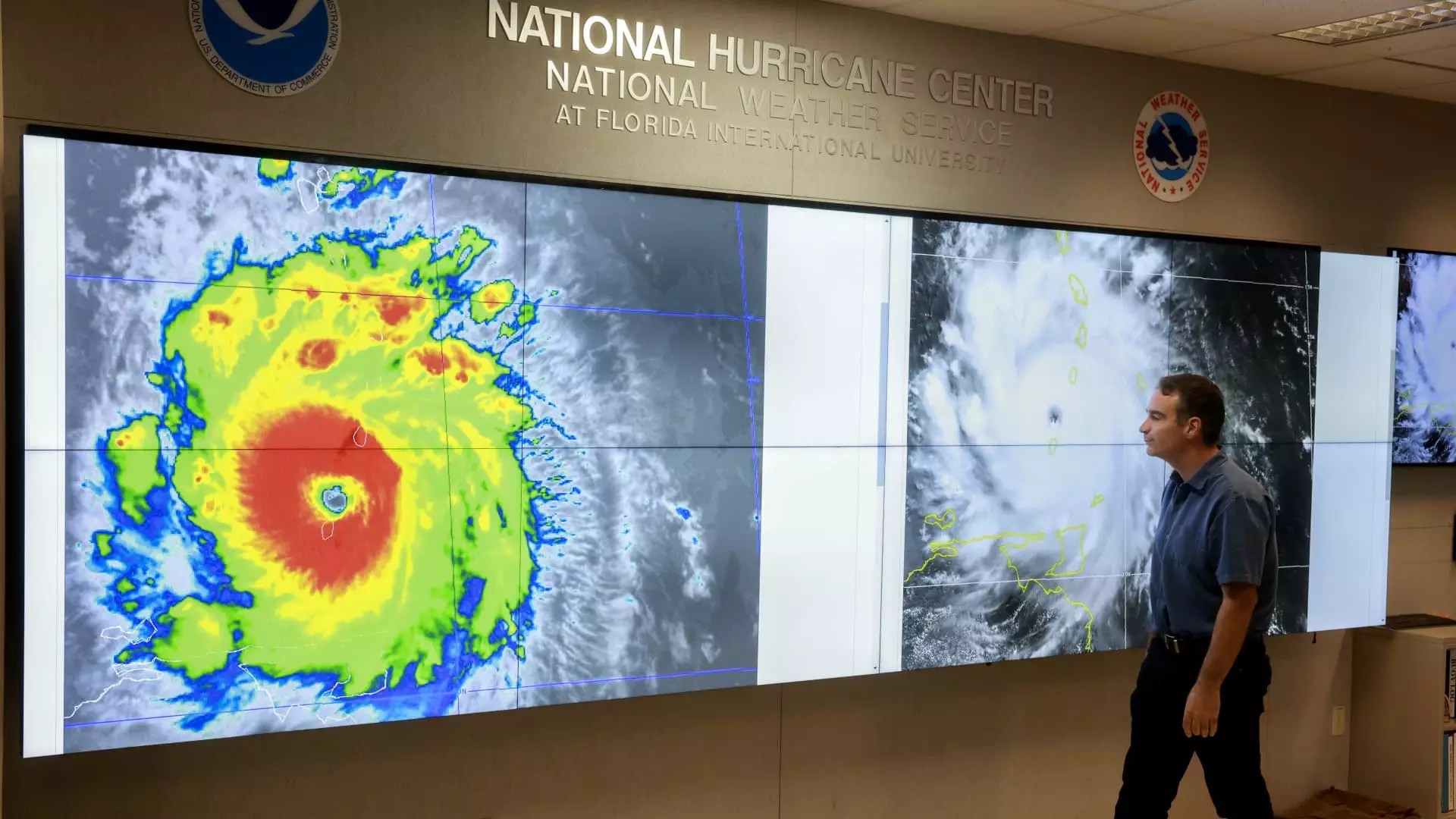As we look ahead to the 2025 hurricane season, the projection of a 60% likelihood of above-average storm activity is a stark reminder of our vulnerabilities. The National Oceanic and Atmospheric Administration (NOAA) is predicting between 13 to 19 named storms, with a sobering forecast of 6 to 10 escalating to hurricane status. This should alarm us—not just scientifically, but also socially and economically. The fact that these predictions are being released against a backdrop of significant budget cuts in climate science only serves to underline an essential truth: our capacity to prepare for these events is being systematically undermined.
NOAA’s Laura Grimm highlighted the agency’s commitment during a recent press conference, reassuring the public of the organization’s readiness despite the financial constraints. But one must wonder: how “ready” can we truly be when our funding for necessary climate research and preparedness is in jeopardy? It feels akin to sending soldiers into battle without adequate armor; you can stack the odds in your favor, but without the necessary resources, you’re destined to be overwhelmed.
Deciphering the Economic Impact of Climate-Worsened Disasters
Recent reports have painted a dire picture for the insurance industry as it grapples with mounting losses—a staggering $37 billion from last year’s hurricanes alone. This situation reflects the broader economic costs of climate change, which are becoming increasingly untenable. The projected losses are not simply numbers, but a financial plague that threatens the very fabric of homeownership and community resilience.
Moreover, the reports also indicate that the industry saw its best underwriting performance since 2013, but that silver lining is quickly dimmed by the threat of wildfires and severe convective storms. If the insurance market continues to face over $50 billion in losses, even the slightest economic downturn could spiral into a catastrophic event for homeowners and business owners alike. The time to act is now, yet we find ourselves mired in policy paralysis, a testament to ineffective governance and priorities that seem out of step with reality.
The True Cost of Living in a Climate-Exposed World
It would be irresponsible to ignore the role of human behavior in this escalating crisis. Aon’s assertion that increasing insured losses are a result of “growing exposure” should serve as a wake-up call. More people are choosing to inhabit areas where the risk of hurricanes and other natural disasters is surging, simply because the allure of coastal living often outweighs the warnings. Yet, those decisions have multifaceted consequences, including spiraling insurance costs and potential economic instability.
To compound this issue, we are witnessing the highest costs for reinsurance in two decades. The bulk of this burden will shift to average citizens—not just through the tangible costs of insurance premiums but also through increased taxes to fund disaster recovery efforts. Leaders in local and state governments are advocating for resilience-building initiatives in light of this increasing risk. However, there is an urgent need for bold legislative action that prioritizes long-term sustainability over short-term profits.
Lessons from the Past: A Call for Innovation
Looking back, Hurricane Katrina marked a pivotal moment in our disaster preparedness and recovery measures. In the aftermath, substantial improvements were made in levees and flood management systems. However, as Jefferson Parish President Cynthia Lee Sheng wisely notes, for every dollar spent on mitigation, there is a $13 return in savings. This is not just a statistic; it is a fundamental argument for rethinking our approach to disaster preparedness.
Despite the acknowledgment of these principles, progress remains agonizingly slow. As we attempt to bolster our defenses against hurricanes, wildfires, and severe storms, we must implement innovative building codes and prioritization of public works projects. It seems that our institutions often balk at adopting transformative policies—committing to the status quo rather than daring to enforce change that could genuinely fortify our communities.
We stand at a crossroads. The forecasts may be grim, the statistics daunting, and the past littered with missed opportunities. However, if we are willing to embrace reform—backed by research and a revolutionary rethinking of our collective priorities—perhaps we can navigate these treacherous waters. The time for complacency is over; action is imperative.


Leave a Reply